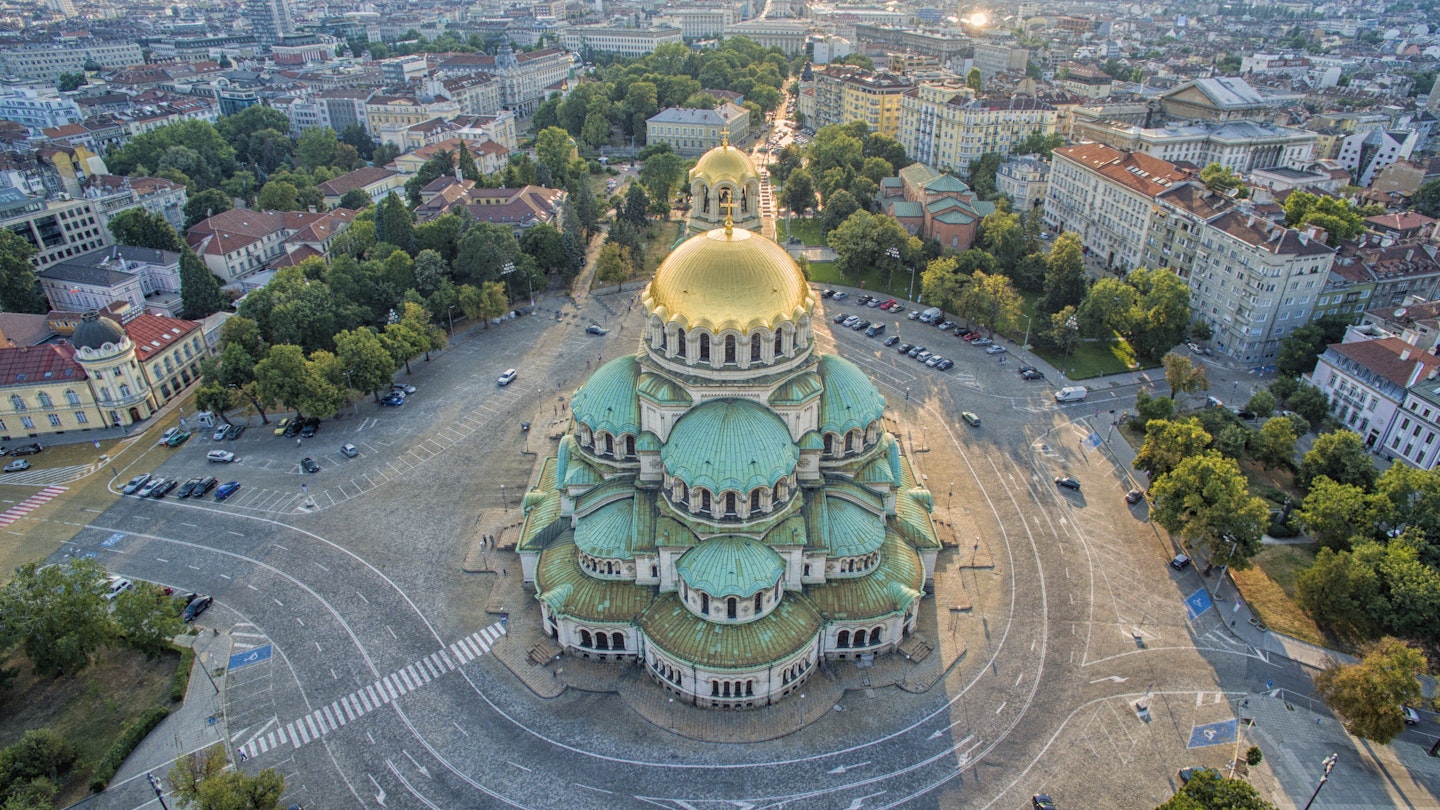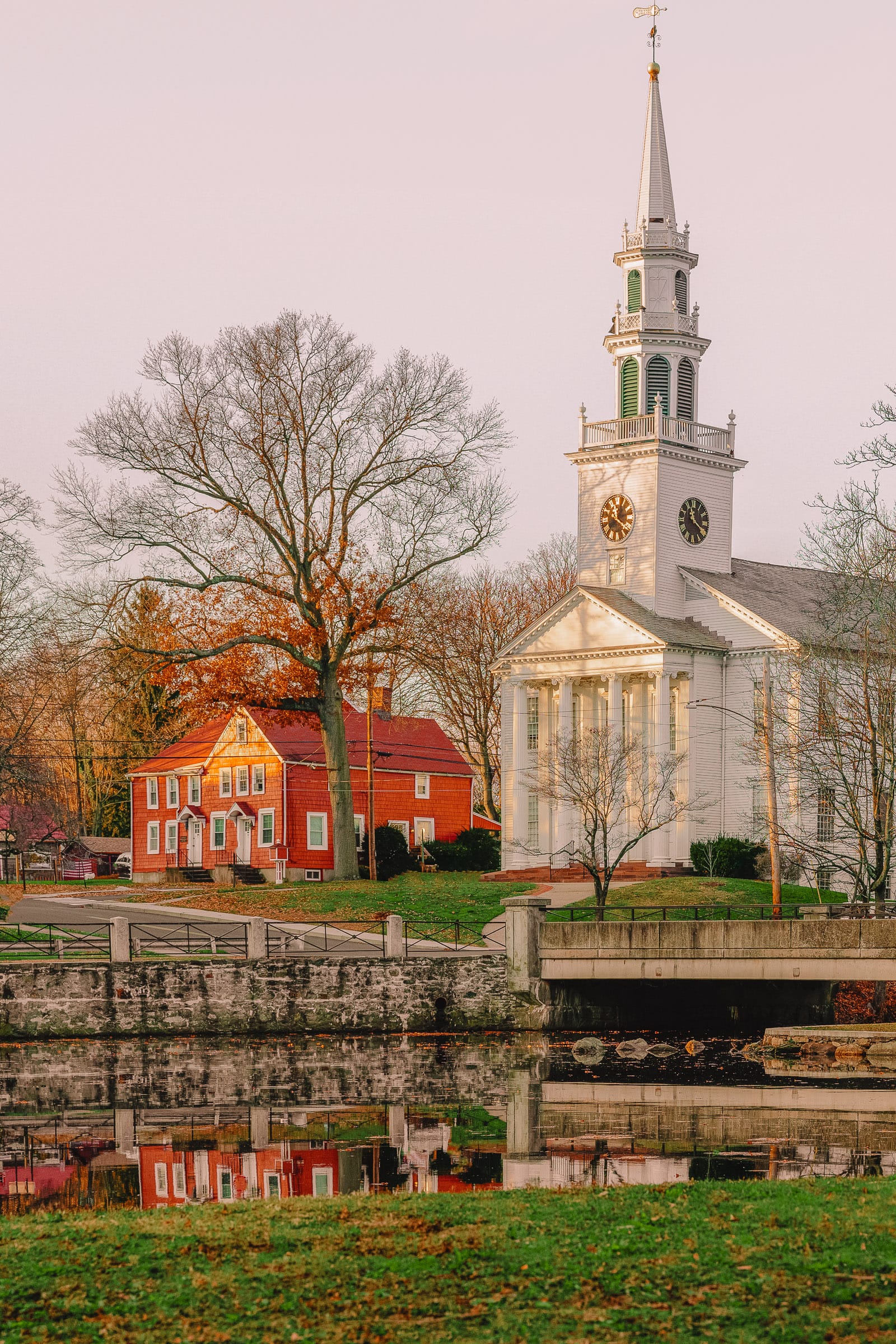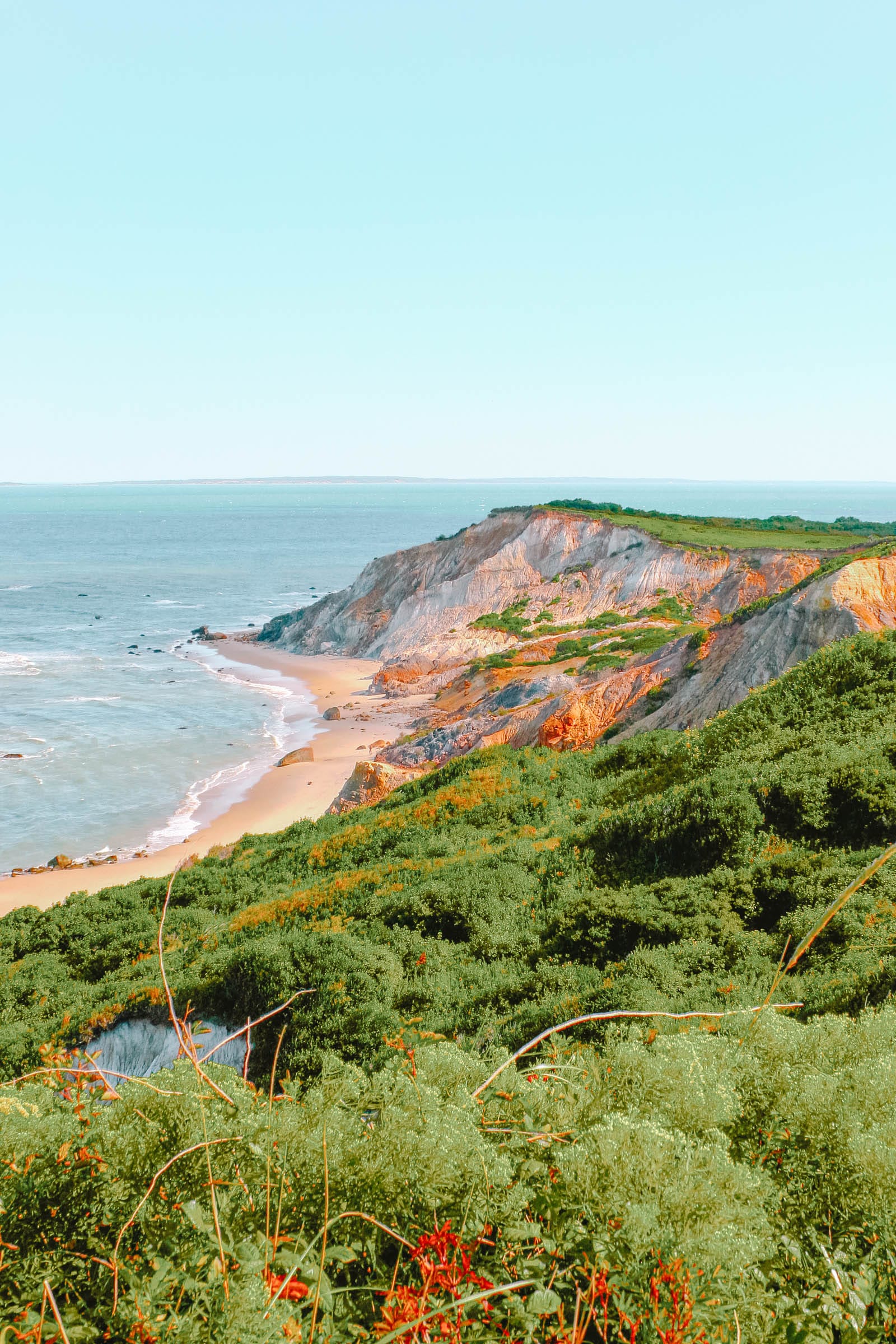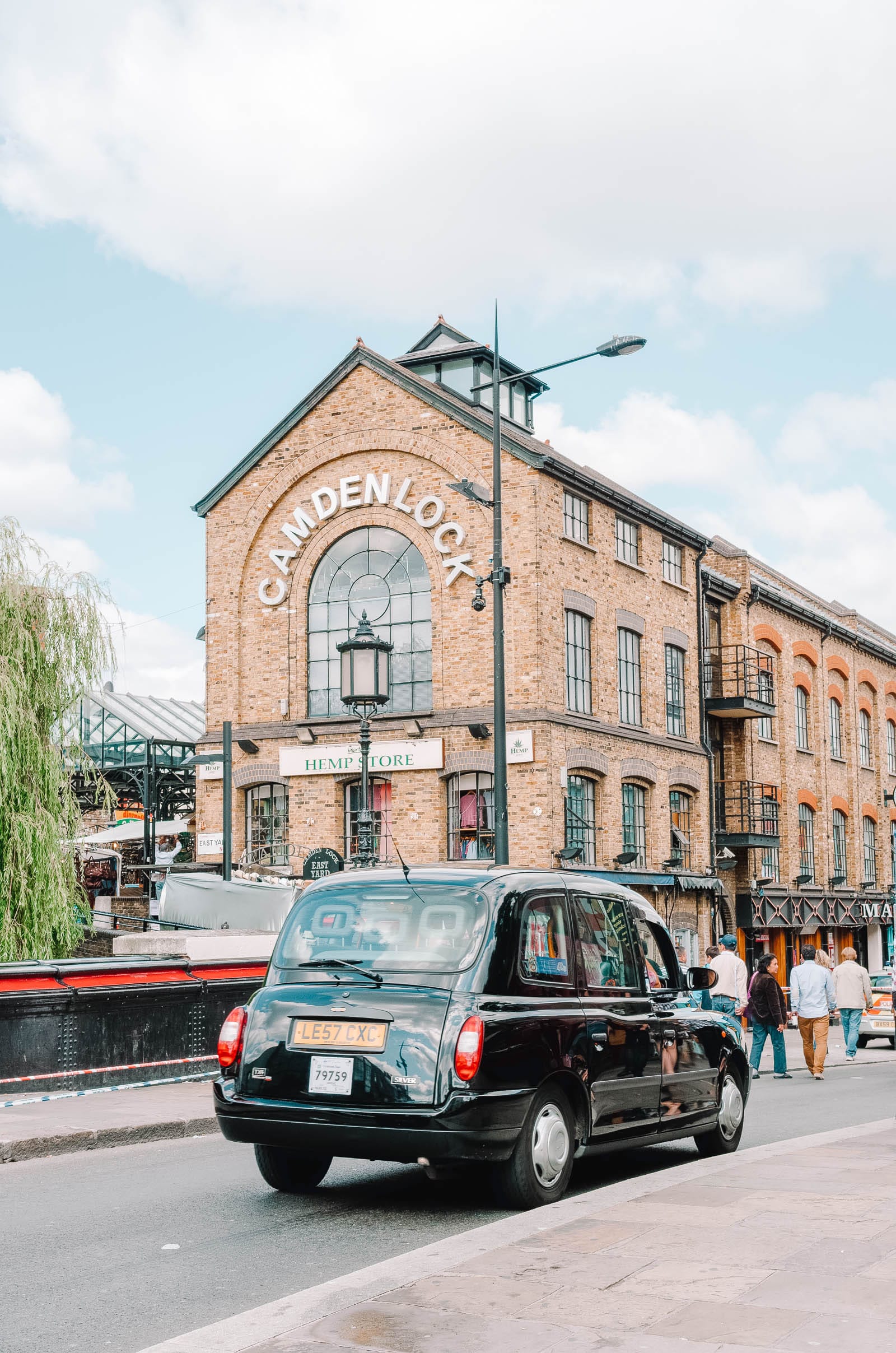Explore Sofia, Bulgaria with GoTravelDaily
Sofia, Bulgaria’s capital, is a captivating blend of vibrant culture, rich history, and contemporary urban charm. Picture ancient ruins and stunning Orthodox churches alongside modern street art, lively markets, and peaceful parks. Restaurants serve traditional Bulgarian fare along with trendy brunch options, all in an atmosphere that is both welcoming and delightfully affordable.
When Should I Go to Sofia?
The ideal time to visit Sofia is between May and October when temperatures are warm, making it perfect for outdoor exploration. The spring months of May and June may see some rain, but plenty of sunny days are also to be enjoyed.
Summer is the warmest, with average temperatures ranging from 25°C to 35°C (77°F to 95°F) from June to September. However, this period can also be quieter as many Bulgarians flee to the seaside. Consequently, these months, especially August, may present an opportunity to explore Sofia with fewer crowds.

Is It Easy to Get Around in Sofia?
Absolutely! Sofia provides a convenient mix of metro, trams, and buses. Given the frequent traffic, the extensive and reliable metro is a great option for navigating quickly, even reaching the airport. You won’t need to purchase a ticket for public transit; simply pay your fare using a contactless debit or credit card.
If you prefer biking, Sofia has introduced shared bike-rental stations. While cycling isn’t yet a major part of local culture, it can still be a fun way to explore. For those who want to drive, consider using a short-term car rental service for hassle-free transportation. However, be mindful that driving and parking within the city can be challenging, especially during peak hours.

Top Things to Do in Sofia
Step into the City’s Rich History
History is abundant in Sofia, a vibrant capital. Start by visiting the archaeological complex of Serdica, where Roman ruins lie alongside contemporary buildings near the Serdika metro station. The city is also home to impressive Orthodox landmarks, including the iconic Alexander Nevsky Cathedral and the 4th-century St George Rotunda.
To learn about Sofia’s Communist-era history, explore preserved apartments or take informative tours that reveal insights into this historical period. For a deeper dive, the Sofia History Museum covers the city’s rich past, with knowledgeable guides ready to share fascinating stories.

Dive into the Culture of Street Art and Graffiti
Sofia’s vibrant street art landscape creatively reflects social issues and local culture. As you explore, be sure not to miss notable murals by well-known graffiti artists that can be found throughout the city.
If you want to learn more about Sofia’s street art scene, consider joining a graffiti tour that offers unique insights into the city’s creative expressions.
Chill Out in a City Park
Spending time in parks is a favorite local pastime in Sofia. Whether it’s relaxing in the City Garden in front of the National Theater or taking a leisurely walk through Borisova Garden, there are many options for enjoying the outdoors. South Park is another popular spot, perfect for families and gatherings.
If you’re seeking a more adventurous experience, visit Park Vrana, a former royal summer residence located on the outskirts of Sofia, offering a spacious green area to explore.
Explore the Food-Market Scene
Sofia boasts a rich food market scene featuring organic stores and vibrant local-produce markets. The Women’s Market is a must-visit for fresh fruits, vegetables, spices, and traditional Bulgarian foods. Moreover, the renovated Central Market Hall serves as a foodie paradise, with a variety of food courts and fresh produce stalls.
Don’t forget to explore distinct klek shops, which offer drinks and snacks. Purchasing something from these unique basement-level shops will undoubtedly add local flavor to your Sofia experience.

How Much Money Do I Need for Sofia?
Sofia offers an excellent value for travelers compared to many other European capitals. Here are some average costs you might encounter:
- Hostel room: 20–40 lv (€10–20)
- Hotel room for two: 50–90 lv (€25–45)
- Public transport ticket: 1.60 lv (€0.80)
- Coffee: 5 lv (€2.50)
- Sandwich: 8 lv (€4)
- Dinner for two: 50–80 lv (€25–40)
- Beer/pint at the bar: 6–10 lv (€3–5)
- Taxi ride: 15–30 lv (€8–15)
Frequently Asked Questions About Sofia
Can I Pay with a Credit Card in Sofia?
Yes, credit cards are widely accepted in Sofia, including on public transport. Nonetheless, carrying some lev is recommended, as some smaller establishments may not accept cards.
How Much Do I Tip in Sofia?
It’s customary to tip around 10% on your total bill at restaurants and cafes, which is not included in the bill itself.
Is Sofia a Safe Destination?
Yes, Sofia is considered safe, with a relatively low crime rate. While some scams may exist, such as unauthorized taxi services, general safety practices should be adhered to as with any tourist destination.
Do People Speak English in Sofia?
The Bulgarian language uses the Cyrillic alphabet, which may be challenging at first. However, many signs are bilingual, and younger generations generally speak good English, making it easier for visitors to navigate the city.




